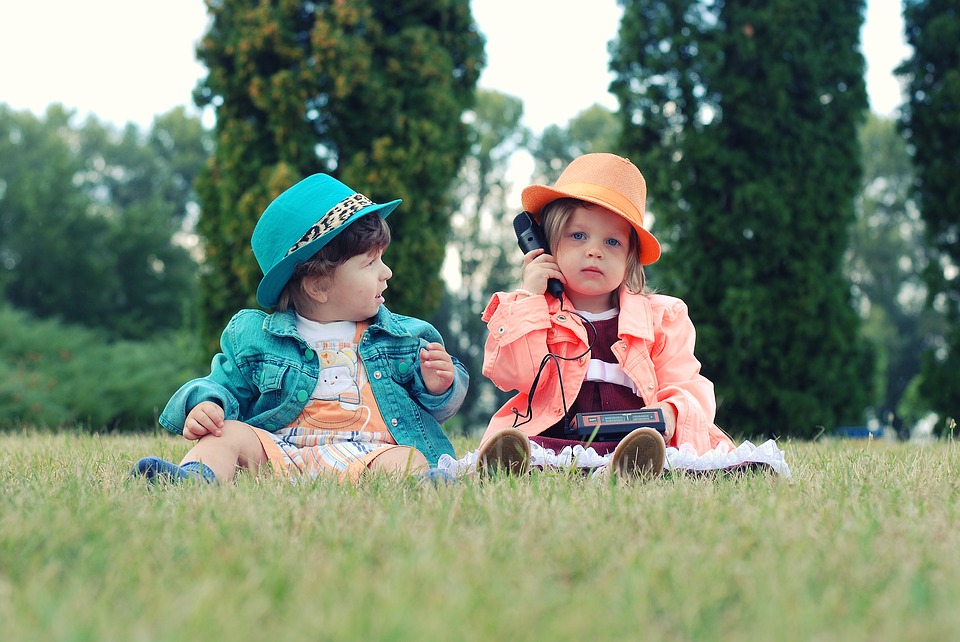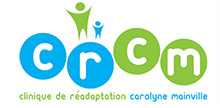Play is a universal phenomenon developing in the first days of a child’s life. However, there are large variations from one child to another, as with general development. The child’s first months are characterized by the discovery of his body and environment. Between 6 and 18 months of age, the child becomes more active and is actively exploring surroundings and objects. Subsequently, between 18 months and 3 years, the child uses materials in a conventional way, and then gradually develops the ability to pretend. It is between the ages of 3 to 5 years that the child creates different ways of playing and develops scenarios.
The child develops different scenarios drawing upon his imagination. Sometimes the child assigns roles to other children, which contributes to the development of sociability. He has to share his things and take others into consideration. A child this age takes pleasure in disguises because of his imagination, requiring a minimum of props. Sometimes the child of 3-4 years can barely distinguish fiction from reality, which can cause some fears and nightmares.
Children’s cognitive and motor skills will also allow them to construct simple things such as crafts, cutting, drawing and doing puzzles. They can also use different equipment such as a bicycle and tricycle.
Finally, it is during this period that the child learns to make an effort to get noticed by others. He develops self-esteem.
Here are some ideas for activities to stimulate children’s creativity and im-agination:
Put on some music and encour-age children to do a show or dance.
Read a story to the children and ask them to imagine or try to guess the ending.
Create scenarios using various objects in another way: a spoon can be a character; a car can be an animal.
Encourage children to dress up, use puppets, dolls and create a scenario.
Perform an activity where the child has to mime an action or an object to try to guess what it is.



Leave A Comment